The artists Theodore Russell, or Roussel, and Remigius van Leemput are considered today to be the most likely candidates for the painter of these portraits. Another portrait of this sitter by Russell exists and is thought to be held at Chatsworth. Roussel, whose father came from Bruges and was the Royal Stuart jeweller, was born in London in 1614. His apprenticeship was spent in the studio of his uncle, Cornelius Johnson, with whom he lived for about nine years. Sometime after 1632, he is said to have worked as an assistance to Van Dyck. He executed numerous copies of portraits by his famous master and other notable painters, also painting original works. His patrons were Lord Essex and Lord Holland amongst others. He is particularly remembered for his portraits of Charles II at Woburn Abbey and James II at the Palace of Holyrood. His son, Antony Russel (1663?–1743) was also a portrait-painter and is said to have studied under John Riley.
These small portraits are naturally Van Dyckian in mood and presentation – indeed as here, most are copied from Van Dyck originals. Sets of such portraits are to be found in many houses, such as Knowle, Woburn, and Southside Wimbledon, as well as in the Royal Collection. George Vertue noted that Roussell ‘was a lover of ease & his Bottle’.
The source for our panel portrait, and the other reduced version by Russell mentioned previously, is a large full-length portrait of the sitter by Van Dyck at Chatsworth (but in reverse).
This artist’s work does not often become available on the market. Presented in a 17th century frame.
Provenance: Private UK collection
Measurements: Height 51cm, Width 44cm framed (Height 20”, Width 17.25” framed)



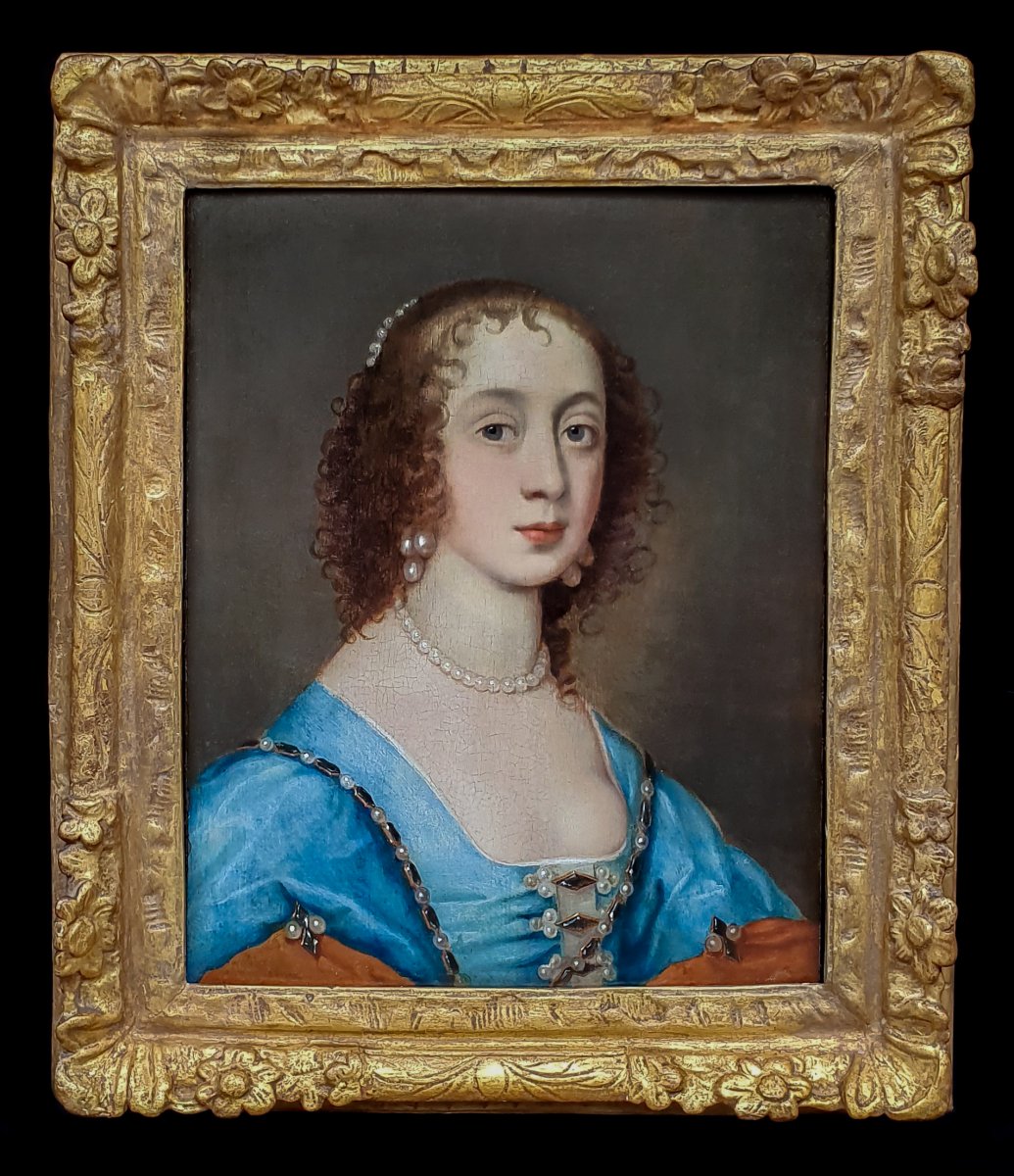
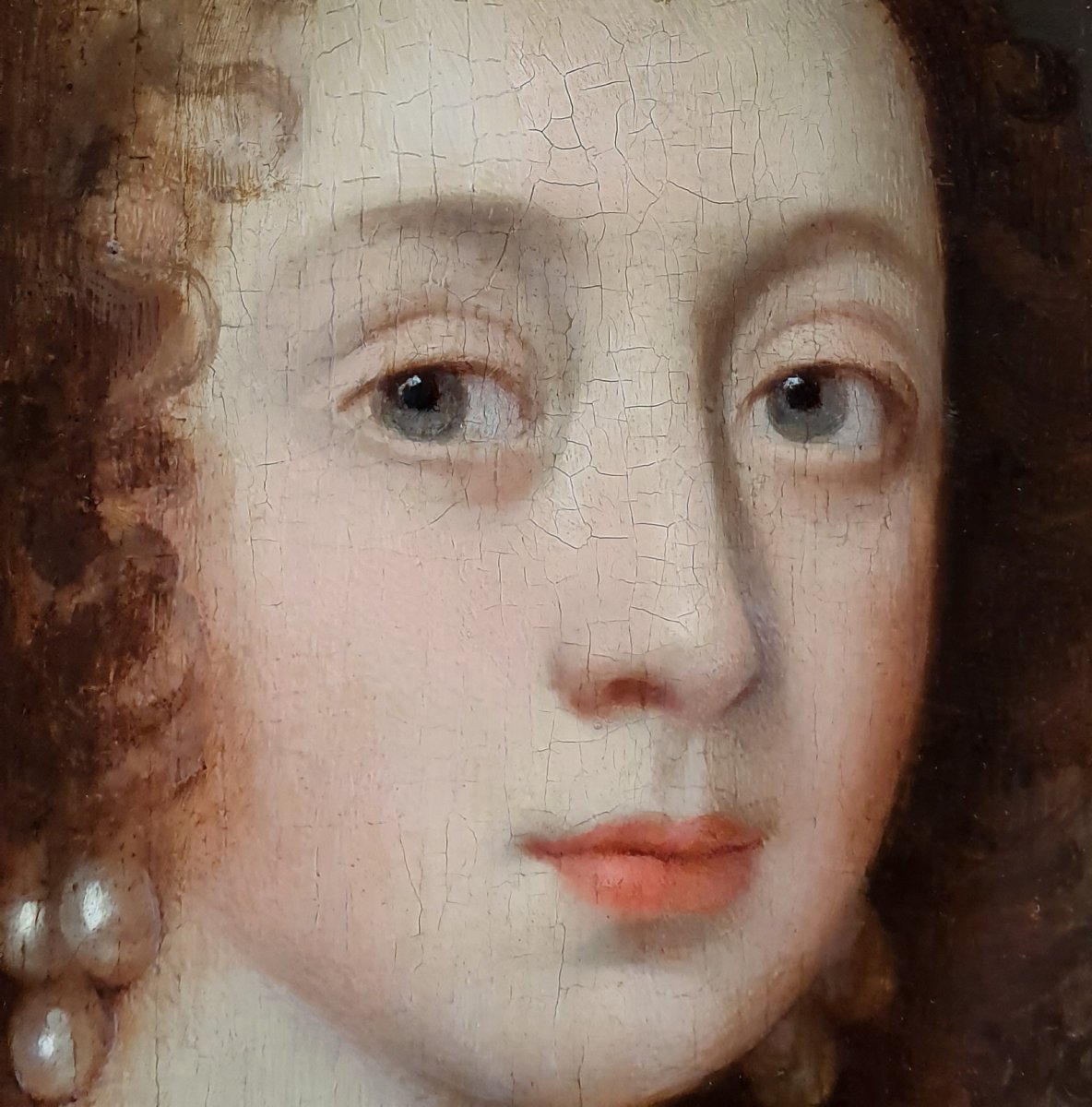
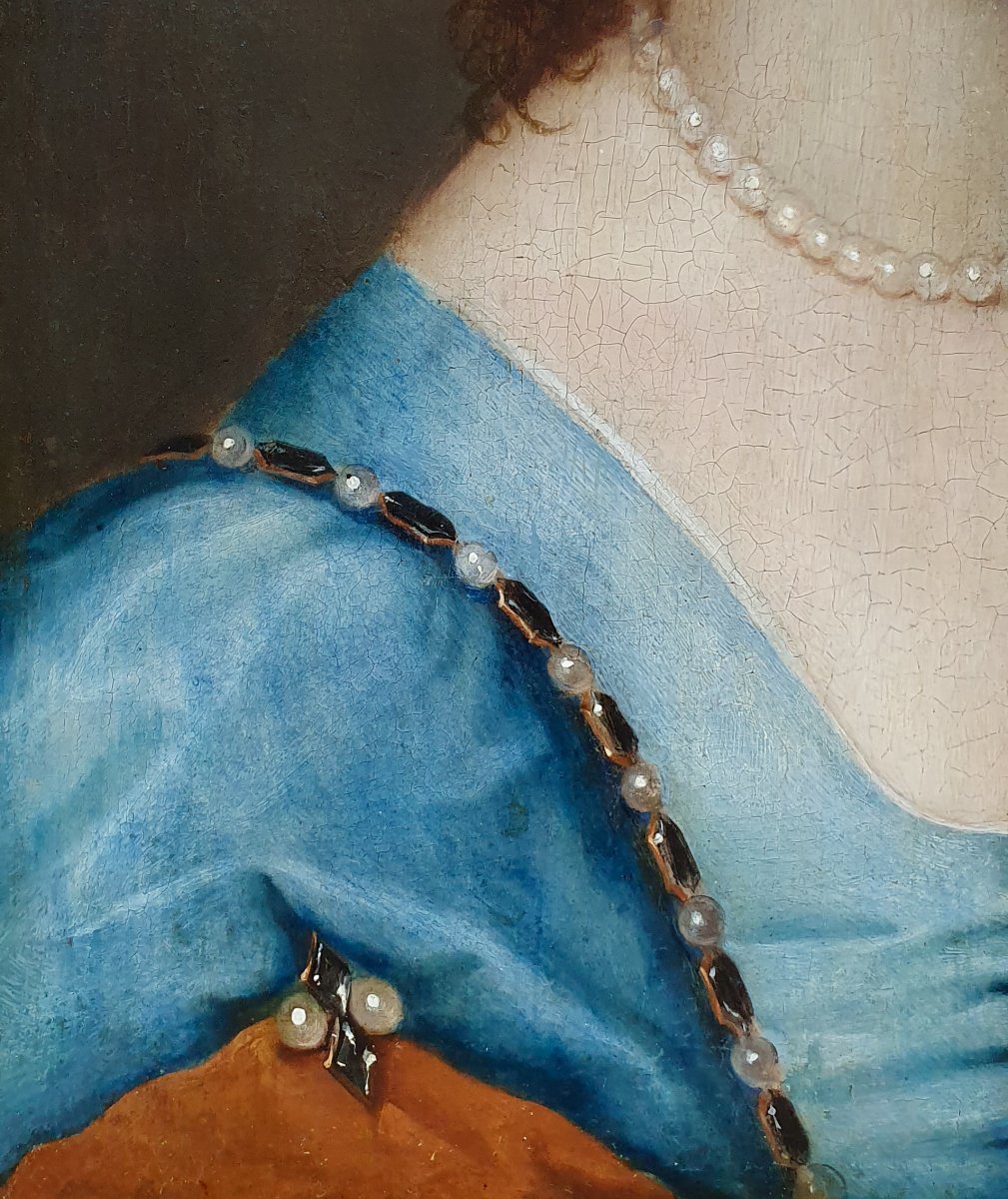
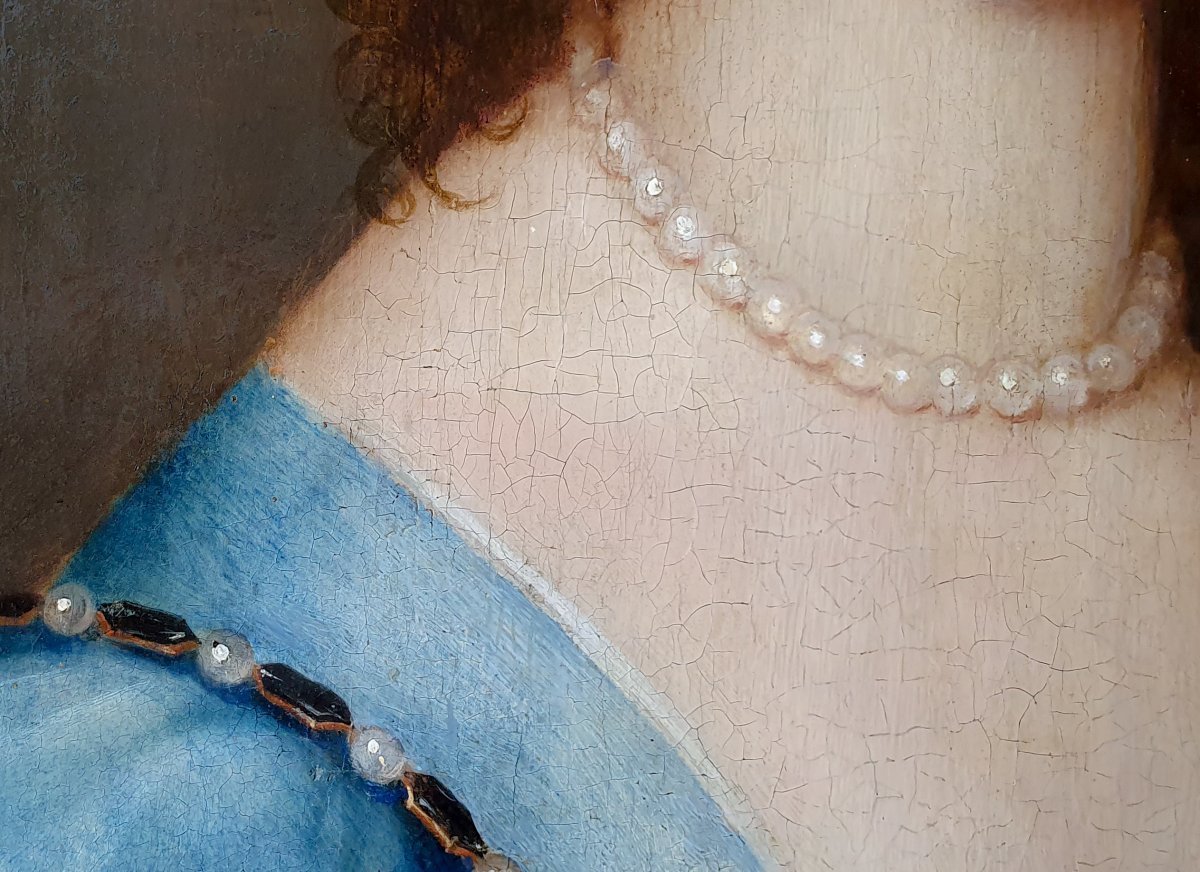

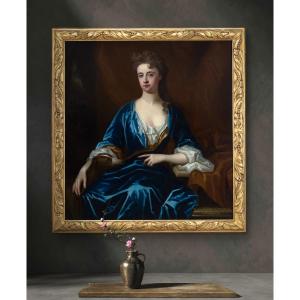

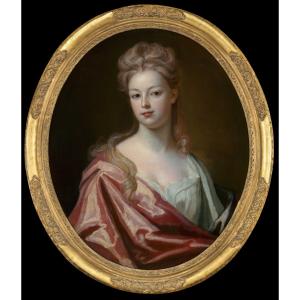

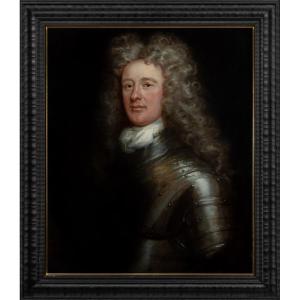
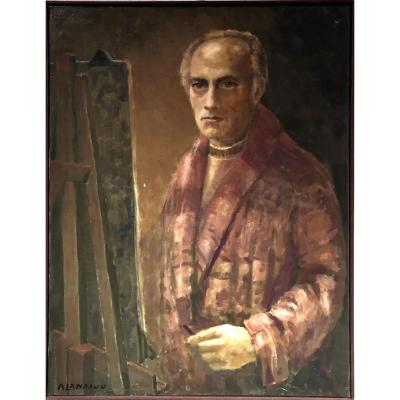



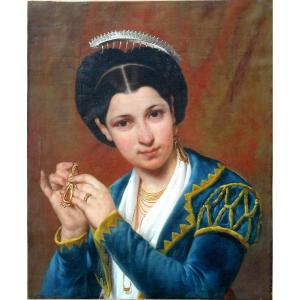
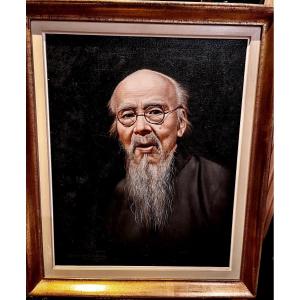



 Le Magazine de PROANTIC
Le Magazine de PROANTIC TRÉSORS Magazine
TRÉSORS Magazine Rivista Artiquariato
Rivista Artiquariato
